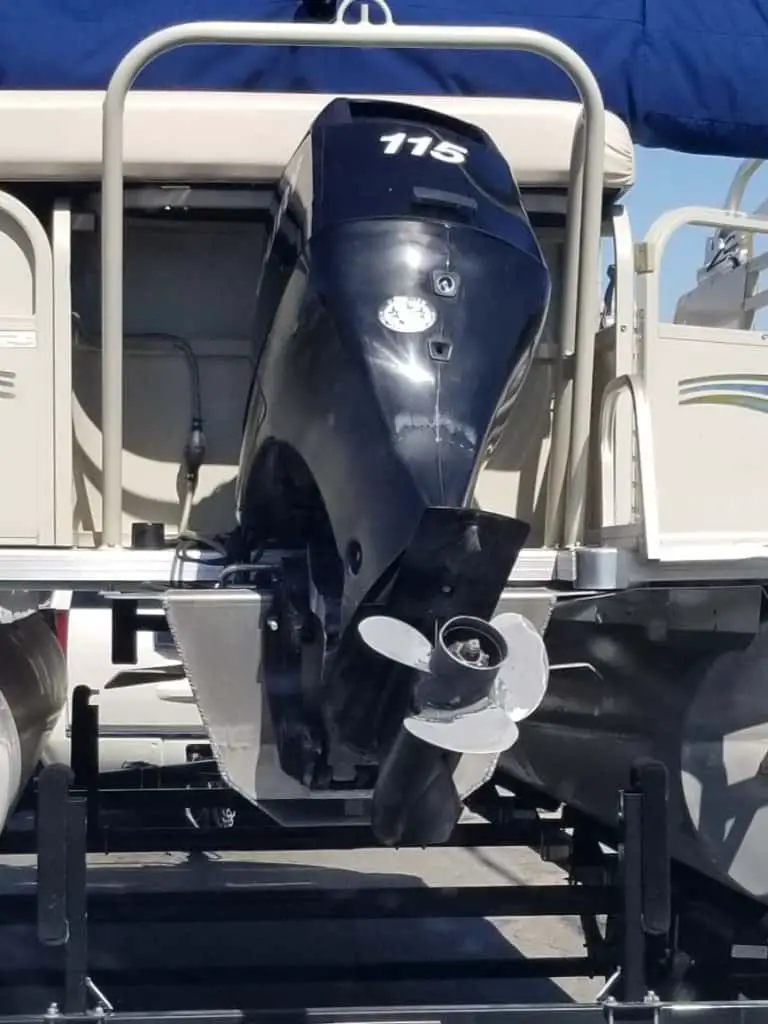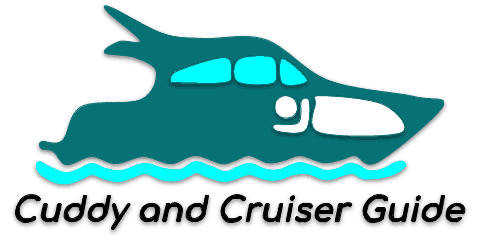If you’re new to boating and looking forward to your first big outing on the water, it’s not uncommon to want to fire up the outboard motor to verify that it’s functioning so that you’re not “that guy” or “that gal” at the launch who can’t get things running and is holding everyone up.
Since your boat is on land and sitting on the trailer, is it okay to start up the outboard for just a minute or two without it being in the water?
An outboard motor should never be operated without a source of water entering the inlet screens to supply the water pump. Without a source of water for lubrication, the water pump will be the first to be damaged, followed shortly thereafter by the engine from a lack of cooling.
Let’s take a quick look at starting your engine out of the water, how long it can be run without water,
Starting Your Engine Without Water
Outboards are either air-cooled or water-cooled — with water cooled being the most common, the quietest, and the most powerful. For the purpose of this article, we’ll be talking about water-cooled outboards.
As I mentioned above, starting an engine without water harms not only the engine itself from not being cooled, but it also hurts the water pump and impeller from a lack of cooling as lubrication as well.

The impeller inside the water pump has a series of rubber vanes that surround a central rubber base and it spins extremely fast when turned on. Without water, the rubber will quickly overheat and shred as it rotates quickly and without lubrication against the aluminum housing that it is encased in.
To add insult to injury, any silt, sand, or salt that you have that has accumulated in your pump will serve as sandpaper to your pump as well without water to help break it up and displace it.
The water pump in the outboard is supposed to pressurize water and send it up to the top of the engine head in order to properly cool the engine for optimal running temperatures. The thermostat valve will open and shut depending on the temperatures and will maintain an equilibrium with the temperature.
Without water to cool the engine, it will rapidly overheat inside of the cowling (the cover) and will likely seize up or blow a head gasket as the oil will heat up to a point that it loses its lubricating properties.
To sum it up, choosing to not run your outboard without a source of water for the inlet screens for the water pump will be a very costly decision in a very short amount of time.
How Long Can an Outboard Run Without Water?
An outboard motor’s water pump will be damaged in as little as a few seconds without a water source. Depending on the size of the outboard engine itself and ambient temperatures, it may be able to go a few minutes without damage. Always run your water-cooled outboard with a source of water.
If there is a conceivable reason why you won’t have access to a hose or a water source, and you need to start the engine, then it is imperative that you remove the lower leg where the water pump is located. It is also critical that you do not run your engine for very long, or it can seize up and be permanently destroyed.
How to Run an Outboard Outside of the Water
If we can’t have our boat in the water, we must bring water to our boat.
One common way of operating your outboard at home is to place a trash drum underneath your outboard so that the lower half is inside the drum. Fill the drum with water from a hose until the drum is nearly full. Ensure that the water inlet screens for the water pump are well submerged.
If you’re going to be running it for a while for whatever reason, keep in mind that the indicator (tell tale) for water circulation will be streaming water outside of the drum, so you’ll need to keep it topped off.
Of course, and I’m sure it goes without saying, but do not engage the propeller while the outboard is in the drum of water.
The second method is to use a pair of muffs, like these seen on Amazon, and hook a hose to them and then slip the muffs over the inlet screens for the water pump. This will require that you do not have to fill up 55 gallons in a drum in order to run your outboard, and the muffs are small and portable so that you can do this at the dock or anywhere a hose is available.
Of course, make sure the muffs you select are a proper fit for the angle and size of your screens. Some muffs are round, some are rectangular, and they are all different dimensions. You can get the muffs wet with water to help them slide over your inlets, since it will be rubber against metal.
By operating with either of these two methods, you will ensure that the water pump is lubricated and the engine is properly cooled.
With both methods — especially with the muffs — ensure that you see a stream of water being ejected from your indicator (tell tale) within 2-3 seconds of starting the outboard. If you don’t see a stream, stop the outboard and check the connection of the muffs to ensure that you have a good seal.
If the problem persists with either method, you can also gently run a wire up the indicator hose (or remove it entirely by removing the cowling) and clear up any blockages that might have occurred due to water scum.
What If my Outboard Has a Hose Hook-up?
The hose hookup for flushing your outboard is not intended for you to use while operating your engine. By using the hose hookup, you’re actually back feeding the water in reverse from the indicator, up through the engine, and out through the water pump.
Use muffs or a trash drum filled with water to operate your outboard when your boat is on land.
